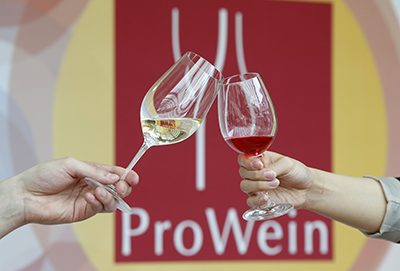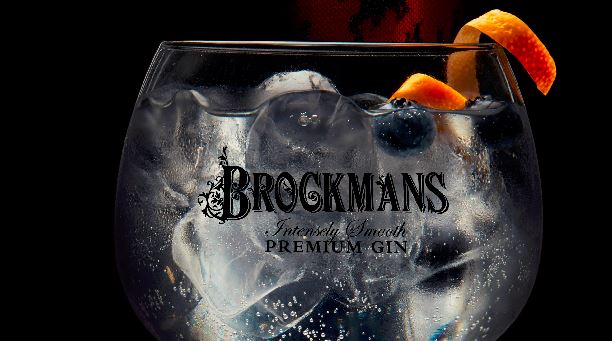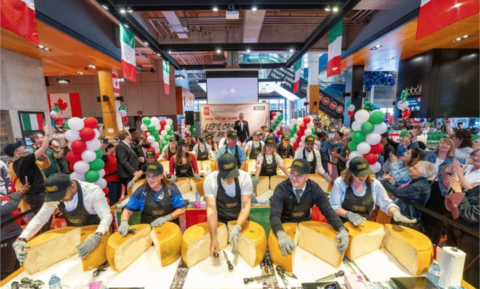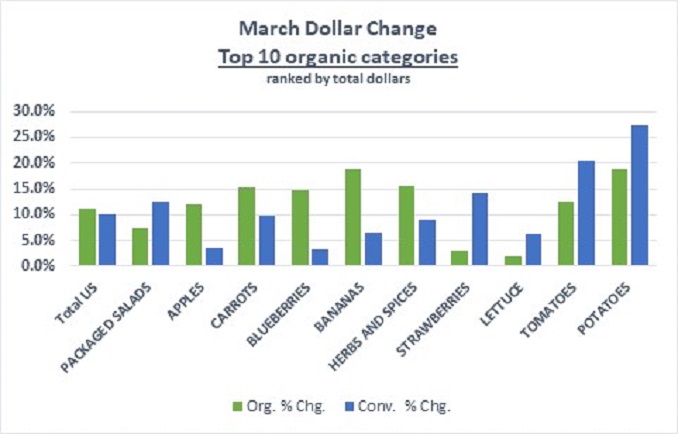 PROWEIN 2016 SURVEY: FUTURE WINE RETAIL TRENDS
PROWEIN 2016 SURVEY: FUTURE WINE RETAIL TRENDS
The organizers of ProWein, International Trade Fair for Wines and Spirits (March 13 – 15, 201in Düsseldorf, Germany), commissioned Wine Intelligence to conduct a survey about wine retail channel trends last year: Which channels are successful? Which retailers are outperforming others? Are there any identifiable patterns in channel trends across different markets that allow drawing conclusions about how wine is sold globally? The results were extremely interesting and therefore the study was extended to also include future wine retail trends. This ProWein Future Retail Trends project aims to provide insight into the probable development of wine retail on both a multi-market and multi-channel level.
Six key markets – five trends
The report covers six key markets which, for their geographical and cultural variety and for their significant size, together represent an illustrative cross-sample of the global wine market. Wine Intelligence analyzed trade interviews from experts in the U.S. (the world’s largest market for wine), Germany and the UK (respectively No. 1 and No. 2 in the world for imported wine), France (whose wine market is in decline but still boasts the world’s highest per capita consumption), Japan (where wine volumes have been growing in recent years) and Australia (a large market and key New World producer).
Several trends from last year continue to dominate and will likely help to shape the future of wine retail. The unstoppable rise of the online channel is undoubtedly the most important. In all of the markets studied online promises to significantly impact future trading and consumer behavior to varying degrees.
Trend 1: Online Channel to grow
Most interesting about this future trend is the flexibility of the “online channel”, forming an increasingly vital component in the business models of more traditional bricks and mortar channels as well as constituting an independent channel in its own right. Although online will be important in both of these respects, it is perhaps the former which will mainly impact wine retail and consumer behavior. This is confirmed, for example, by the growing success of click and collect, or “le drive” in France, being used by super- and hypermarkets at an increasing rate.
Trend 2: Struggles of mainstream
Whereas online is a truly universal future trend, the particularity of local retail environments and consumer habits in different cultures ensures that other future trends will be restricted to specific markets. In most markets studied, supermarkets feel the pressure from above as consumers become more wine knowledgeable as well as from below while trying to define their strategy in opposition to the cheaper discounters. This will likely lead to a more experimental approach towards a future strategy.
Trend 3: Independents ride wave of personalization and involvement
In the UK, Australia, Germany and France the success of independents – often in niche markets or with alternative business models – is exemplary for the backlash against the impersonal nature of mass and online retail. This will play an interesting part in the future of wine retail in these countries, but not so much in countries such as Japan, where the majority of convenience stores already provide great personal consumer contact.
Trend 4: Neighborhood convenience to remain Key
The strength of neighborhood convenience will play a major role in this market, as it will in the UK, France and the US. Changing shopping habits – consumers preferring to shop for less, more often and closer to home – will continue to shape wine retail significantly.
Trend 5: Discounter Momentum to fade
Three of the markets studied are affected by the negative forecast for discounters. In the UK and Germany they should remain important channels for wine but will hit an inevitable limit due to the lack of expandable space. In France they will attempt to remodel themselves as more mainstream retailers since their former existence is undermined by supermarkets and hypermarkets offering unbeatable competitive prices.
Conclusion
The implications of these future trends for producers and brand owners are therefore largely country-specific and, with the exception of online, it would not be informative to talk of their “universal” implications for the world of wine. There is, however, an overarching theme which contributes to the understanding of many of the future trends discussed in this report. As observed last year, the rise of online has nurtured an environment in which consumers are looking for information and have become accustomed to the availability of a wide range of products. Then again, as shown by the growing importance of the neighborhood convenience channel, many consumers are increasingly interested in convenience – effortless home delivery or the ability to stop at their local store any time and pick up a bottle. These opposite expectations for wide choices with a lot of information on the one hand and for hassle-free convenience on the other are perhaps symptomatic of the internet age, where anything is an effortless click away. These “double desires” will almost certainly form the basis for many of the future trends in wine retail.
A summary of the report will be presented at ProWein 2016 on March 15 from 10:30 -11:45 am in the ProWein Forum in Hall 13. Registration is required: Eleanor Hickey, eleanor@wineintelligence.com. A printed version of the report will be available for purchase (Euro 249 plus VAT; Euro 199 plus VAT for ProWein 2016 exhibitors) following the presentation.





 PROWEIN 2016 SURVEY: FUTURE WINE RETAIL TRENDS
PROWEIN 2016 SURVEY: FUTURE WINE RETAIL TRENDS



